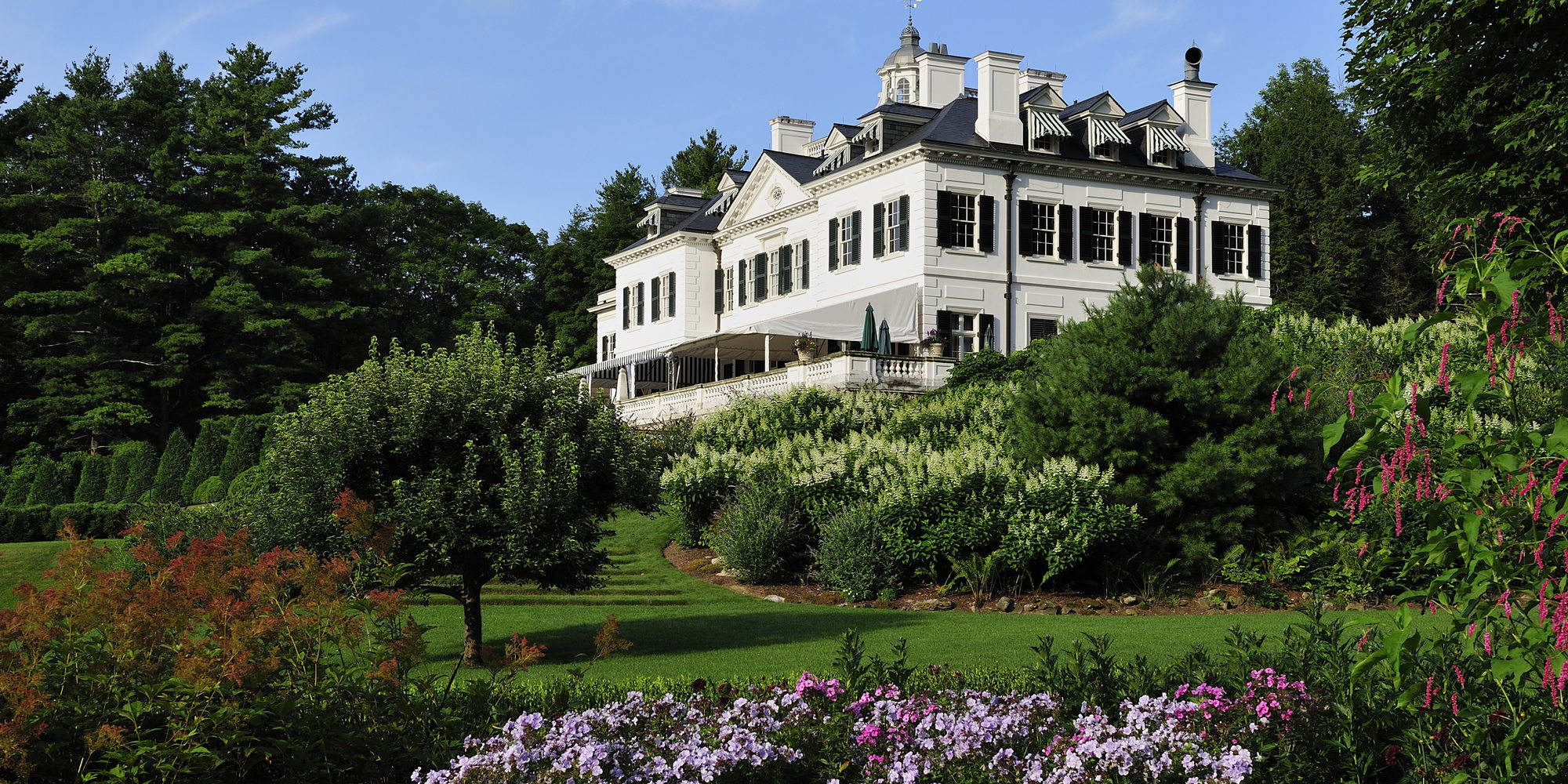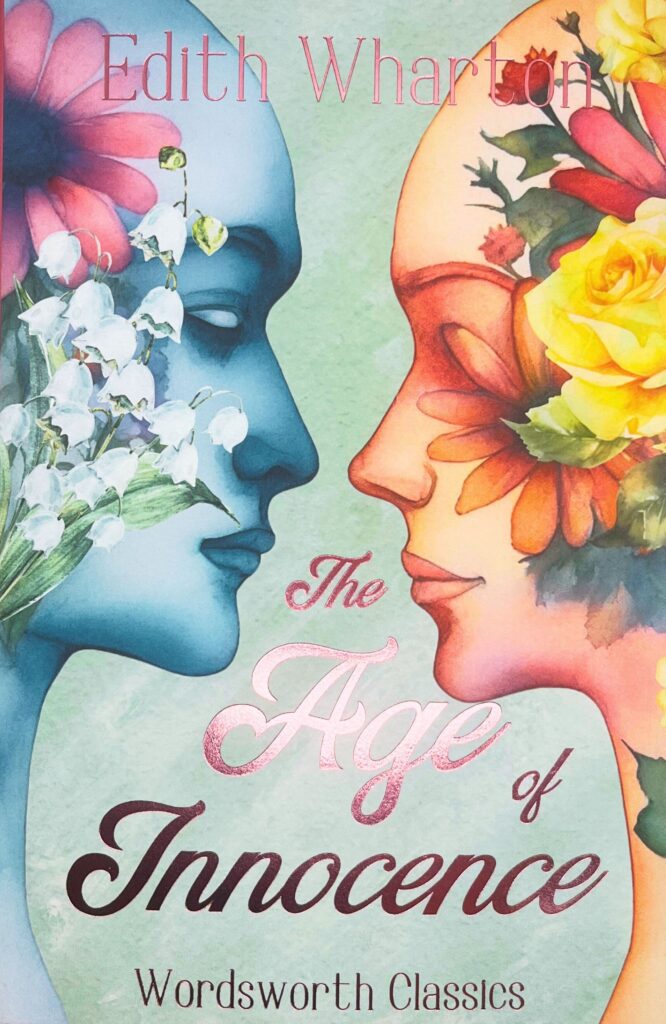
David Stuart Davies looks at The Age of Innocence
David Stuart Davies looks at Edith Wharton’s Pulitzer Prize-winning novel, The Age of Innocence.
Edith Wharton (1862 – 1937) was an American short-story writer and novelist and one of those authors who had more than a single string to her bow. Rather like E. F Benson (1867 – 1940), who conjured up a series of very chilling ghostly tales as well as created the whimsical Mapp and Lucia satirical novels, Wharton also produced an impressive set of ghost stories filled with Gothic menace as well as novels which examined the mores and hypocrisies of New York society towards the end of the nineteenth century. Her close friend Henry James was a major influence on these novels and none more so than with The Age of Innocence, which reflects in its prose the cool authority of a writer who can present complicated characters and their lives with psychological accuracy. Wharton’s late masterpiece stands as a fierce indictment of a society estranged from culture and in desperate need of a European sensibility. It was Wharton’s twelfth novel, which took its title from a 1785 painting A Little Girl by Joshua Reynolds.
The Age of Innocence, published in 1920, won Wharton the Pulitzer Prize, the first woman to achieve this accolade. The book tells the story of the lawyer Newland Archer and his involvement with two women, May Welland, to whom he is engaged, and her cousin Ellen Olenska, the wife of a Polish count. Ellen, having left her husband, arrives in New York where her unconventional behaviour displeases society but fascinates Welland. His complicated love life, torn between the pretty but conventional May and the provocative and exciting Ellen, provides the focus for the narrative. His passion for Ellen blights his proposed marriage to May. Despite her demands, her fiancé fails to break off his relationship with the countess. However, Newland Archer’s bride-to-be is determined that the marriage should go ahead and uses all the power of New York society to bring him to heel. Attitudes to the two women differ amongst readers. Some perceive May Welland as the victim of a manipulative hussy, while others see her as a manipulative character rather than one who is sympathetically desperate. On the other hand, Ellen Olenska is either viewed as a scheming temptress or a slave to her own natural emotions. Split between duty and passion, Archer struggles to make a decision that will either courageously define his life—or mercilessly destroy it.
As the drama unfolds, Wharton also portrays the ethos of New York society of the pre-First World War period with all its glamour and foibles. The relationship between Newland and the two women and their world allows the author to examine the idea of wealth and social class. The characters take pride in their social standing and those who are in possession of ‘old money’ feel threatened by those that are coming from ‘new money’. Their lives revolve around staying up to date with the latest fashion, gatherings and appearances. They must be in vogue at all costs. Being accepted by high society is the most important thing to the individuals in this novel and they’re willing to do anything to achieve and maintain this status. It is a fascinating, detailed snapshot of the period, evoking the manners and style of a lost era. Indeed it was lost when Wharton wrote the book. In her autobiography, Wharton stated that The Age of Innocence had allowed her to find ‘a momentary escape in going back to my childhood memories of a long-vanished America… it was growing more and more evident that the world I had grown up in and been formed by had been destroyed in 1914.’ As a result, the novel can be seen as a story that presents the struggles to reconcile the old with the new.
Returning to my metaphor of the book as being an evocative photograph: on its publication, one reviewer observed, ‘I do not remember when I have read a work of fiction that gives the reader so vivid an idea of the furnishing and illumination of rooms in fashionable houses.’
The title of the novel is both ironic and poignant: ironic because the ‘age’ or period of the novel, the late nineteenth century, teems with intolerance, collusion, and cynicism; poignant because the only innocence lost is that of Newland Archer, whose insight into the machinations of aristocratic life comes too late.
The silent filmmakers were always eager to take a successful literary source to use as material for a movie. They considered that it gave cinema, still considered a bastard art form in those days, certain credibility and class. With eagerness, they snapped up Wharton’s novel and a silent film of The Age of Innocence was produced as early as 1924 by Warner Brothers. When the talkies arrived, RKO Pictures came up with their version in 1934 with John Boles as Archer, Irene Dunne as Ellen and Julie Haydon as May. This feature was not well received and may be the reason that it was nearly sixty years before another attempt was made to film the novel. This time Colombia pictures presented an adaptation in 1993 directed by Martin Scorsese and starring Daniel Day-Lewis as Newland Archer, Michelle Pfeiffer as Countess Olenska, and Winona Ryder as May Welland. Unlike the previous incarnation, this movie was a great success. The reviewer in Empire magazine observed: ‘For those whose idea of bliss is watching handsome people in a well-told story of love and denial, this is ecstasy from scene one’. Both Scorsese and Winona Rider were nominated for Oscars for their contribution to the movie.
However, it is fair to say no matter how successful a screen dramatisation of a great book is, it can never reach the depth of subtlety and perceptions of the written text. There is a richness and flourish in Wharton’s narrative that cannot be captured in its full intensity on screen. It is there on the page.
Blog image: The Mount, the summer home of the novelist Edith Wharton, is now a museum in Lenox, in the state of Massachusetts
Books associated with this article
